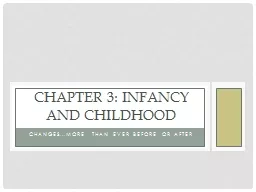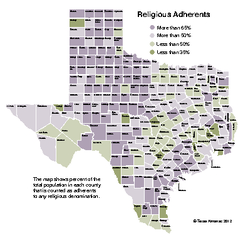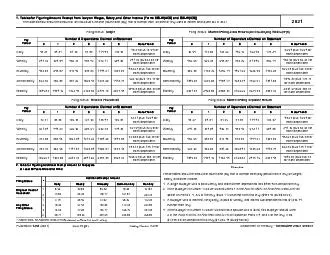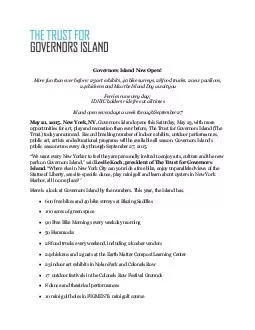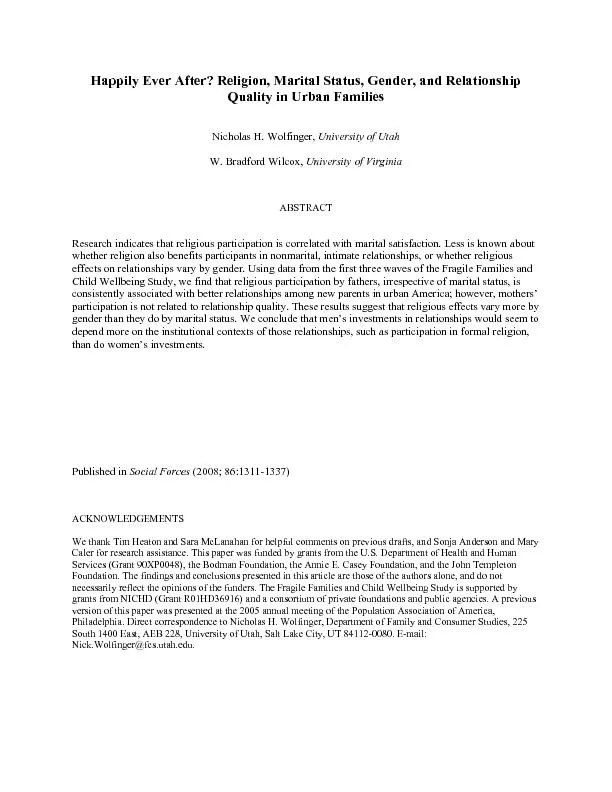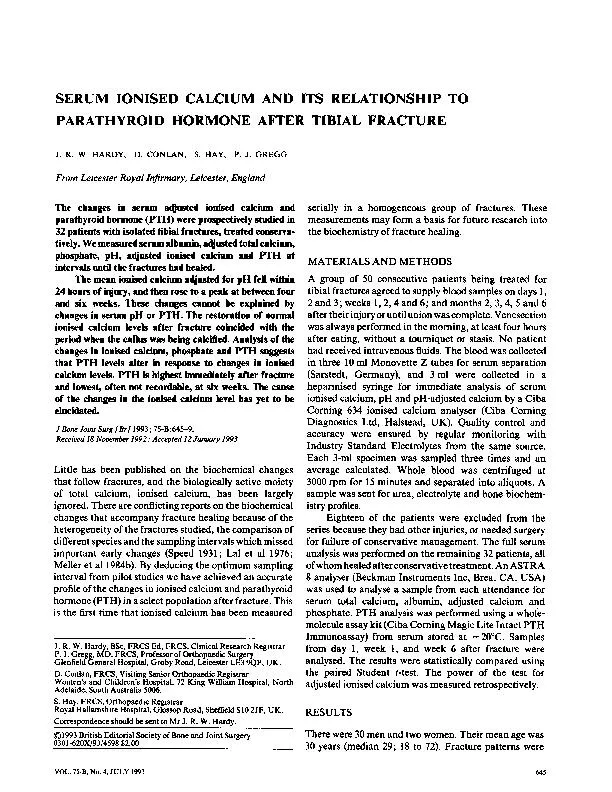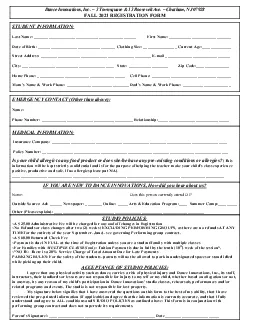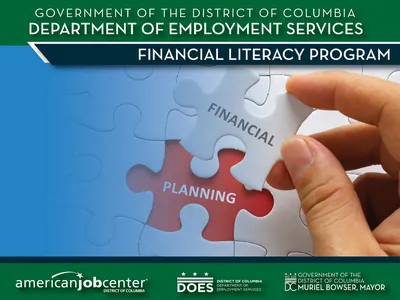PPT-Changes…more than ever before or after
Author : kittie-lecroy | Published Date : 2018-10-13
CHAPTER 3 INFANCY AND CHILDHOOD DEVELOPMENTAL PSYCHOLOGY Def the study of changes that occur as an individual matures NEWBORN CAPACITIES GRASPING REFLEX cling
Presentation Embed Code
Download Presentation
Download Presentation The PPT/PDF document "Changes…more than ever before or after" is the property of its rightful owner. Permission is granted to download and print the materials on this website for personal, non-commercial use only, and to display it on your personal computer provided you do not modify the materials and that you retain all copyright notices contained in the materials. By downloading content from our website, you accept the terms of this agreement.
Changes…more than ever before or after: Transcript
Download Rules Of Document
"Changes…more than ever before or after"The content belongs to its owner. You may download and print it for personal use, without modification, and keep all copyright notices. By downloading, you agree to these terms.
Related Documents

